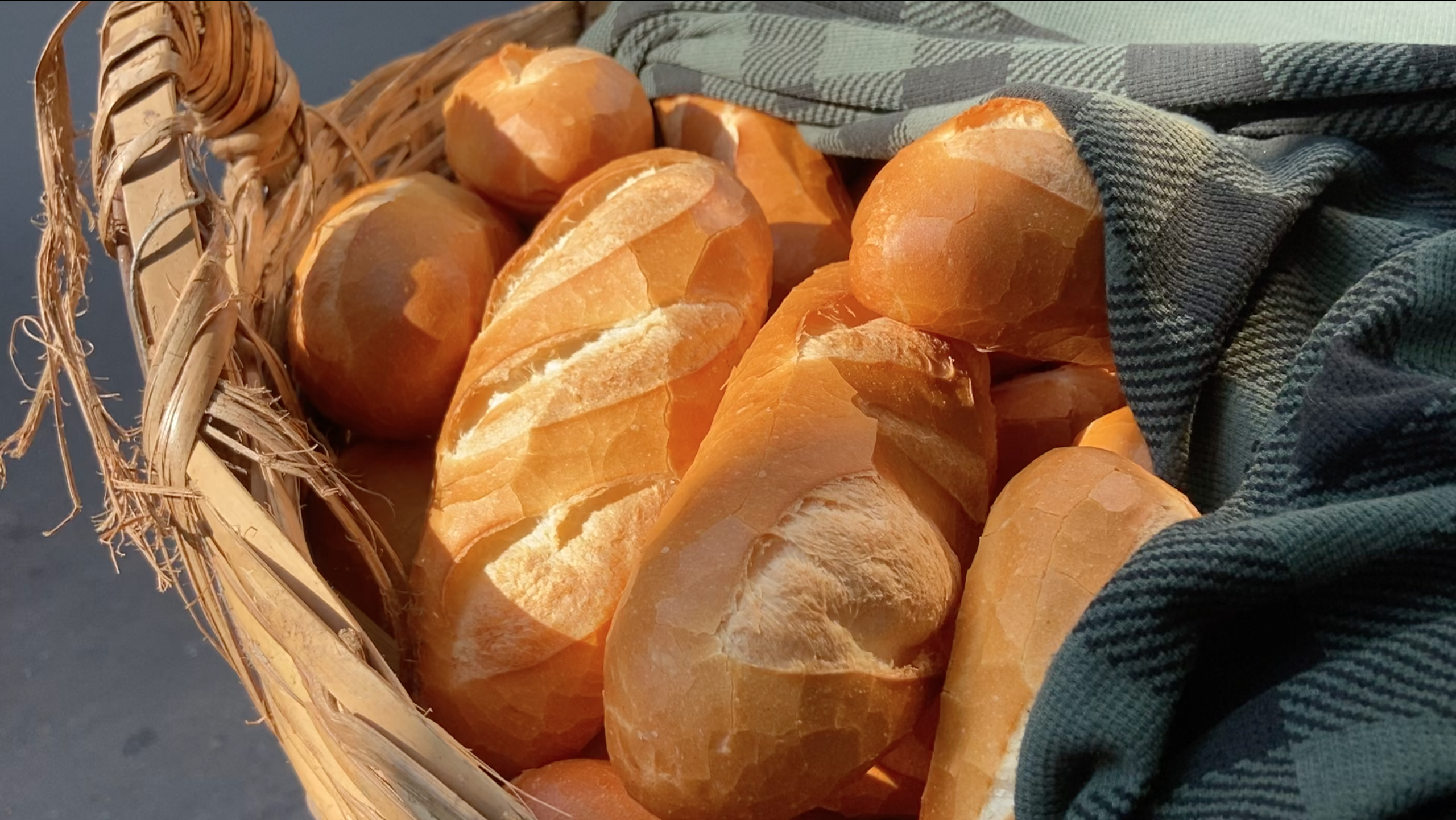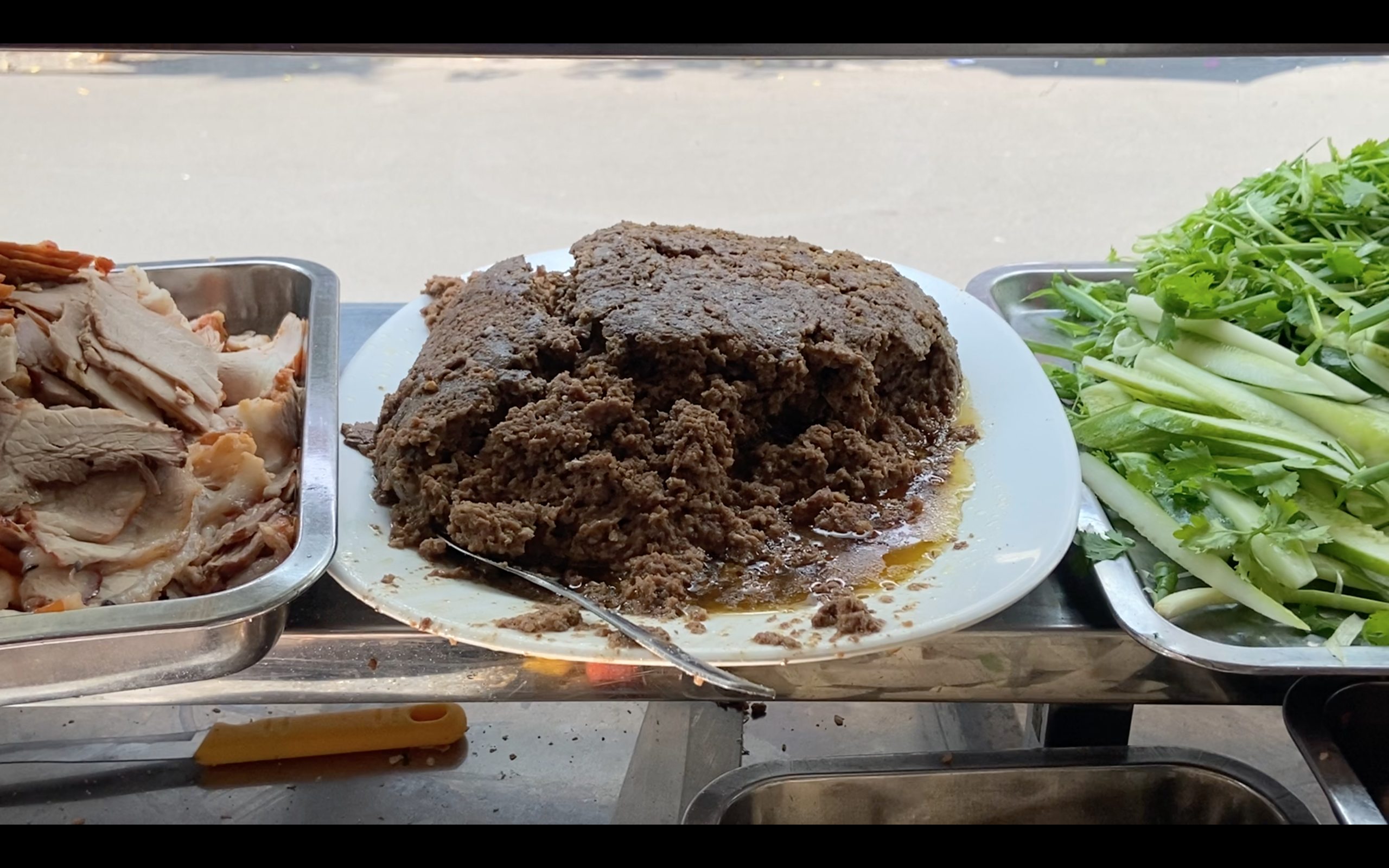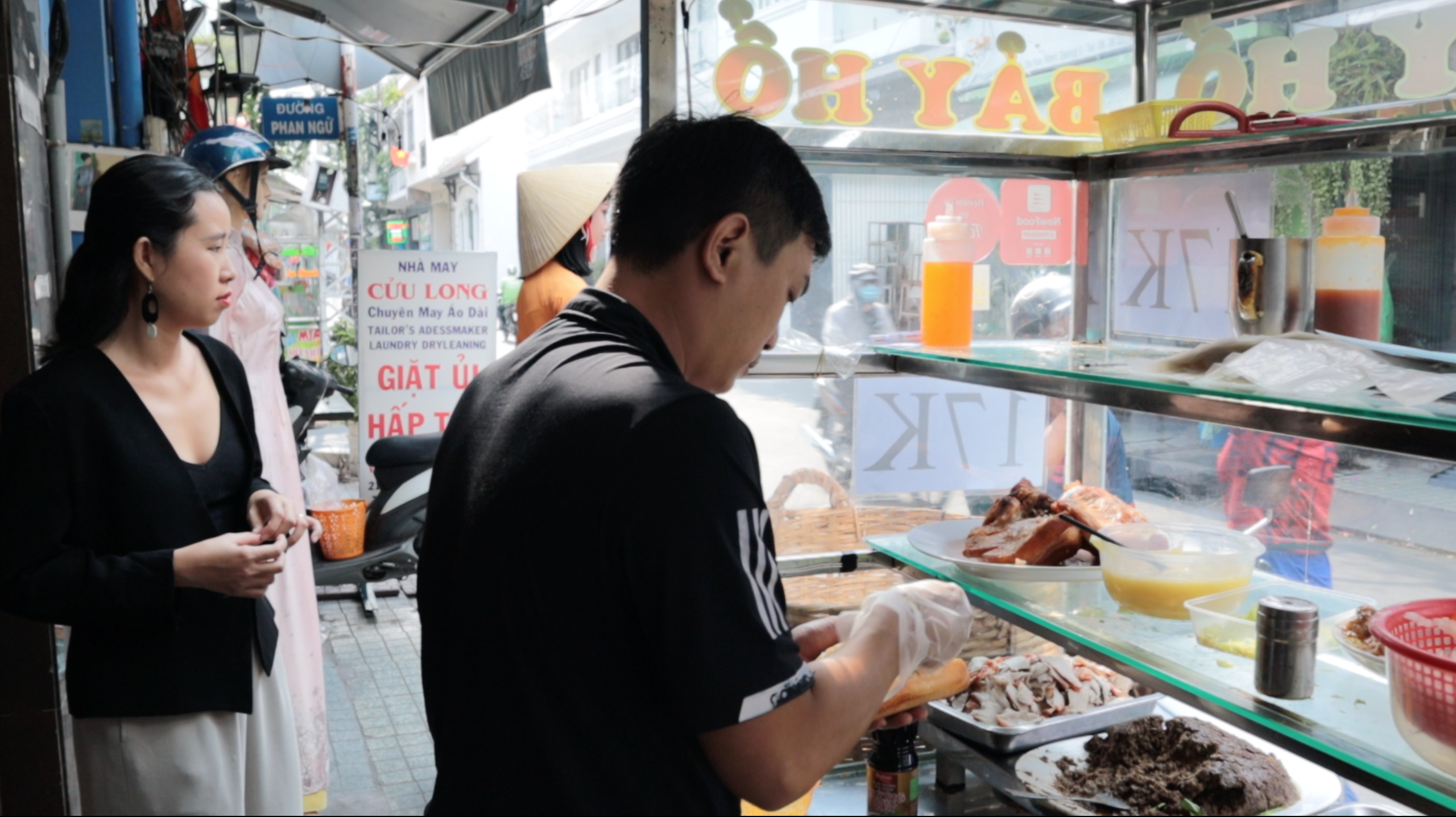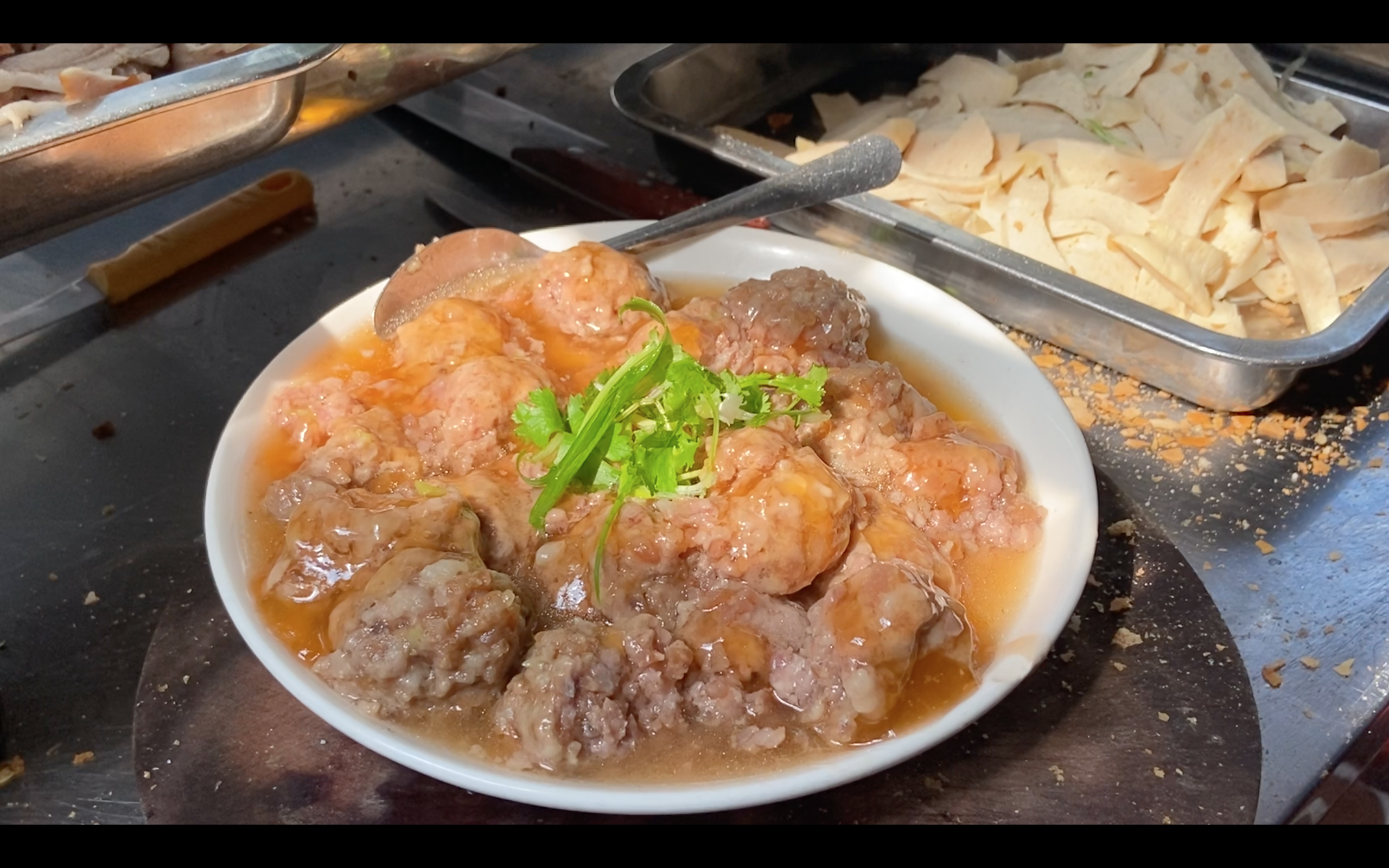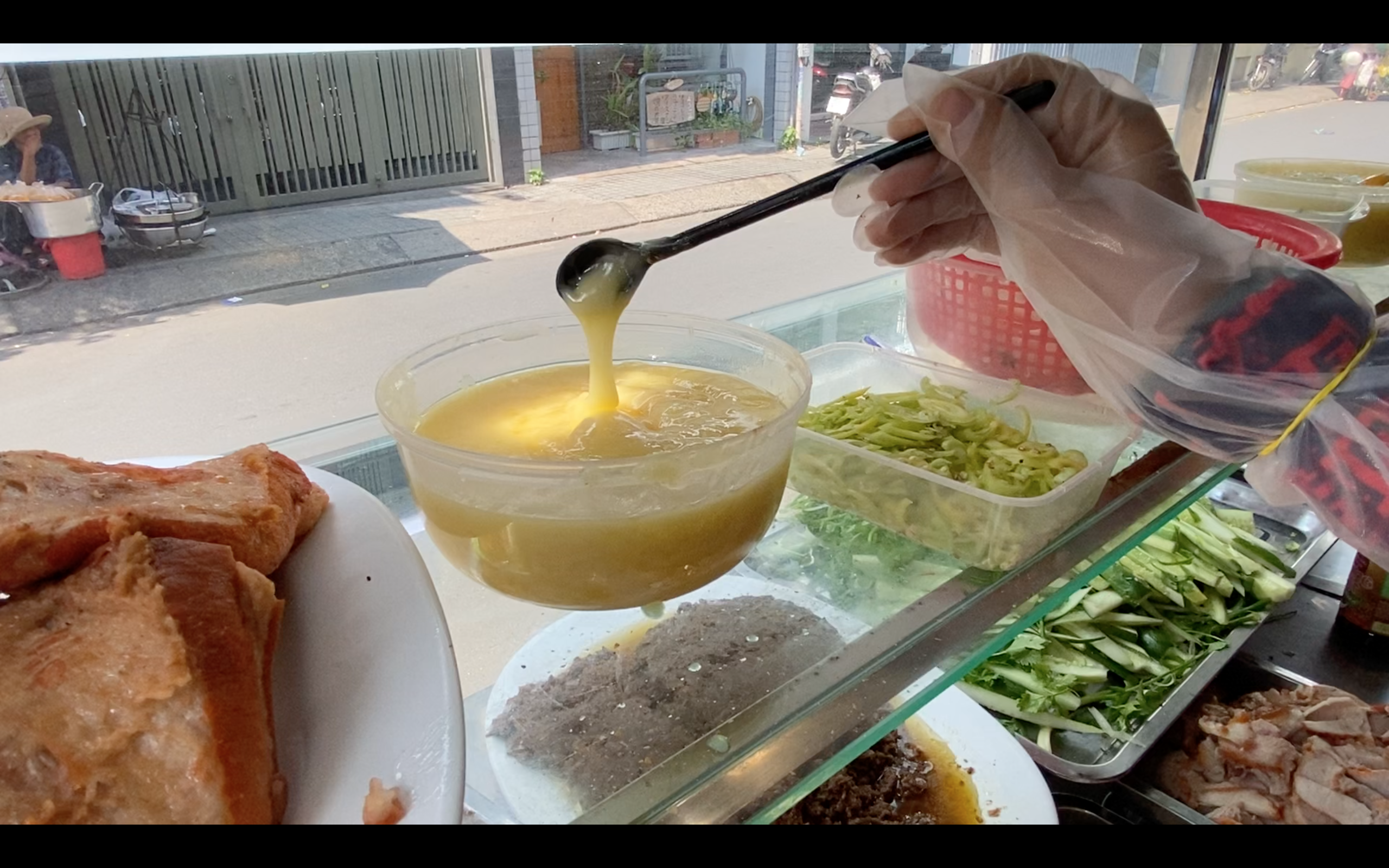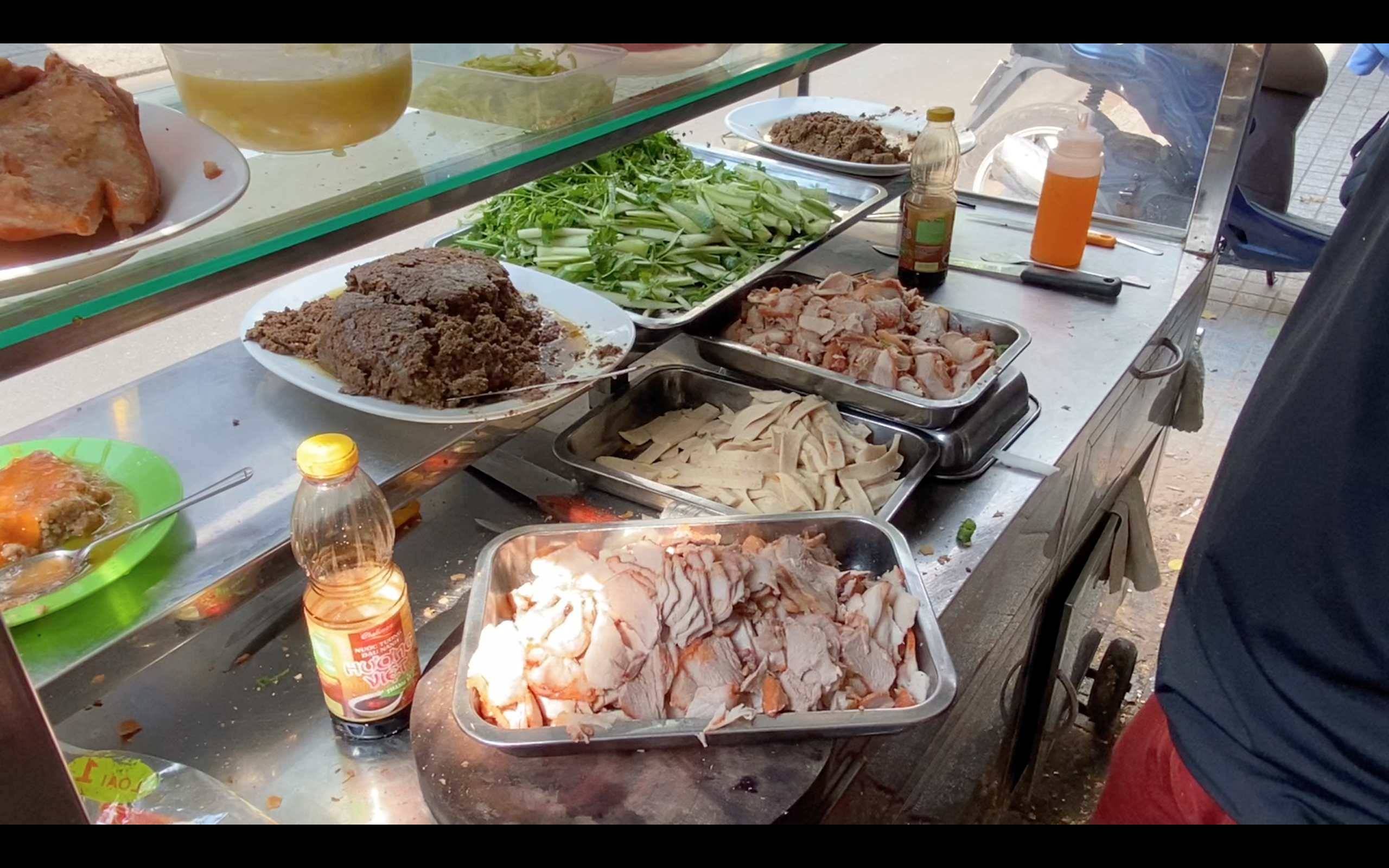Located on a busy street in downtown Ho Chi Minh City, the pâté sandwiches sold at Banh Mi Bay Ho have been winning over hearts and stomachs for nearly 90 years.
With its origin derived from the French baguette, the banh mi is Vietnam’s quintessential street sandwich, combining a unique mixture of picked veggies, pâté, and various meats.
Among the thousands of banh mi stalls scattered across Ho Chi Minh City, 90-year-old Banh Mi Bay Ho is easily a contender for the city’s most well-known sandwich.
Launched in 1930 by Tran Van Hau, an internal migrant from northern Vietnam, the family-run banh mi stall got its start on Ton Duc Thang Street.
A few short years later, Hau met his wife and the couple moved the business to 19 Huynh Khuong Ninh Street in District 1, where it is still up and running thanks to third-generation owner Ho Quoc Dung.
Although Banh Mi Bay Ho is just a food cart, it has managed to rack up a rating of 7.4 on foody.vn – a popular food review platform – thanks to its unique combination of ham, pâté, homemade Vietnamese mayo, picked vegetables, and pork sausage or pork char siu topped with a mouth-watering secret sauce.
Other popular fillings at Banh Mi Bay Ho include meatballs and shredded chicken.
“We’ve significantly improved the taste of our pâté over the years. I’ve also added shredded chicken meat to the menu so customers can have various choices. All the ingredients are made in-house,” Dung told Tuoi Tre News.
Most of the fillings are made using secret family recipes, including the pâté, which is done through a two-step steaming and grilling process.
Each sandwich is made-to-order to ensure freshness.
|
|
| Fresh bread is delivered each morning at Banh Mi Bay Ho on Huynh Khuong Ninh Street, District 1, Ho Chi Minh City. Photo: Linh To / Tuoi Tre News |
|
|
| The homemade pâté at Banh Mi Bay Ho on Huynh Khuong Ninh Street, District 1, Ho Chi Minh City. Photo: Linh To / Tuoi Tre News |
According to Dung, the restaurant used to only be open in the afternoon but recently expanded its opening hours to include mornings thanks to high customer demand.
On some days, Dung said, the stall sells more than 100 loaves in the first three hours of the morning.
Customers at Banh Mi Bay Ho typically wait about 10 to 15 minutes for the stall’s VND17,000 (US$0.65) sandwich, a modest price compared to most meals in downtown Ho Chi Minh City.
According to Dung, thanks to his family’s endless passion for the simple dish, customers have considered Bay Ho as their second home kitchen and come back from generation to generation.
|
|
| Ho Quoc Dung, the current owner of the Banh Mi Bay Ho cart, prepares banh mi for customers. Photo: Linh To / Tuoi Tre News |
Banh mi was added to the Oxford English Dictionary in 2011, where it is defined as “a sandwich consisting of a baguette (traditionally baked with both rice and wheat flour) filled with a variety of ingredients, typically including meat, pickled vegetables, and chilli.”
Since its humble beginnings during the French-colonial era, the banh mi has earned its spot on the global food map.
|
|
| The homemade meatballs at Banh Mi Bay Ho on Huynh Khuong Ninh Street, District 1, Ho Chi Minh City. Photo: Linh To / Tuoi Tre News |
|
|
| The butter is made in-house at the Banh Mi Bay Ho stall on Huynh Khuong Ninh Street, District 1, Ho Chi Minh City. Photo: Linh To / Tuoi Tre News |
|
|
| Homemade ingredients are a staple at Banh Mi Bay Ho. Photo: Linh To / Tuoi Tre News |
|
|
| Banh Mi Bay Ho attracts most of its customers in the early morning at its location on Huynh Khuong Ninh Street, District 1, Ho Chi Minh City. Photo: Linh To / Tuoi Tre News |
Like us on Facebook or follow us on Twitter to get the latest news about Vietnam!




